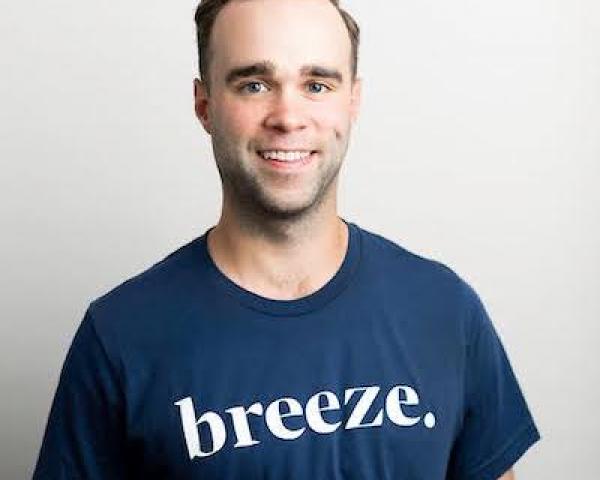Life insurance applications surged 4% in the U.S. in 2020, the highest year-over-year annual growth since 2001, as the coronavirus pandemic was an unprecedented and unfortunate catalyst for consumers to buy life insurance. A less-commonly reported impact the pandemic had pertains to disability insurance.
My employer, Breeze, found that the average monthly benefit jumped 23% to $3,151 in 2021 from $2,561 in 2020. With the pandemic still raging full-bore in 2021, consumers were looking for more disability insurance coverage when they ran quotes through our online platform.
A likely explanation for this is the coronavirus pandemic and its impact on the national psyche. For consumers, there was a somber realization that the worst could happen to them. Before, the status quo line of thinking for most was “that could never happen to me.”
In reality, injury or illness has always been a distinct possibility. The Social Security Administration estimates that today’s 20-year-olds have a 25% chance of becoming disabled during their career.
But the coronavirus pandemic heightened the country’s collective understanding that experiencing a disabling event is not a long shot by any means. As a result, people sought financial security and peace of mind through a larger disability insurance monthly benefit much like they did when buying life insurance at the height of the pandemic.
Disability insurance replaces a portion of a policyholder’s income, often up to 60%, if physical injury, medical illness or mental health issues leave them unable to work. If a policyholder contracted COVID-19 and was unable to work for an extended period, disability insurance could ensure they could keep paying for the mortgage, groceries and random life expenses that come up.
Even now, in mid-2022, don’t expect this increased demand for more disability insurance coverage to subside anytime soon. Since 2020, there has been a seismic and possibly permanent shift in consumer behavior, whether it pertains to online shopping or insurance buying.
See also: Huge Opportunity in Disability Insurance
Insurtechs: The Solution to Disability Insurance
Insurtechs are well-positioned to meet this demand. Despite statistics showing the average consumer is more likely to need disability insurance over life insurance, the latter is far more prevalent than the former. According to LIMRA, 52% of Americans own life insurance, compared with just 14% who own disability insurance.
Why has disability insurance been undersold? It’s traditionally been a long and confusing underwriting process for both consumers and distributors. For a long time, there wasn’t enough data centrally available to accurately and efficiently represent risk for certain occupations, especially for blue-collar or self-employed jobs.
Insurtechs have built online platforms and application processes that rely on predictive analytics to expedite the underwriting process. An application-to-approval process that once might have taken months can now be completed in days, even just a single day for qualified applicants.
Insurtechs like Breeze have also brought the entire process online, which is in lockstep with consumer preferences. Buyers, especially younger ones, have no interest in going to in-person medical exams or completing mail-in applications. They want to buy everything digitally and quickly, and this is no less true for disability insurance. Perhaps most importantly, insurtechs have made it possible for insurance agents and brokers to take advantage of the innovations.
Agents and brokers are arguably the most integral component of the insurance industry. They have the relationships and books of business to produce policies. And now they are able to take an insurtech's online platform and application process, like Breeze's, and fully integrate it into their own website so clients can experience the ease of applying for disability insurance digitally.
Insurtechs working together with traditional insurance agents and brokers make for a perfect marriage. The former bring the digital experience and technology to expedite the application and underwriting process, while the latter bring the industry knowledge and relationships that are needed to produce business.
By working together, they can meet the increasing demand for disability insurance






